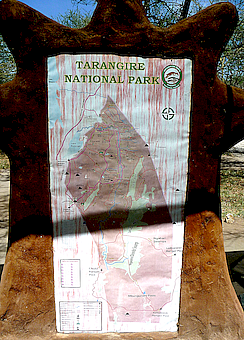Tarangire National Park
Size: 2850 km²
Founded: 1970
Distance from Arusha ca.120 km
From Arusha you can visit the Tarangire NP as a day trip or start a multi-day safari with the Tarangire NP.
Safari example starting with Tarangire NP: 6 Days Camping Safari
The landscape of the Tarangire National Park is different from the other northern parks due to large seasonal swamps and endless tree savannahs. The wildlife in the rough and partially lonely-looking park is very rich in species.
The heart of the park is the Tarangire River, whose sources are located in the Mkonga Hills and runs through the park from south to north and flows west into the seasonal Burunge Lake.
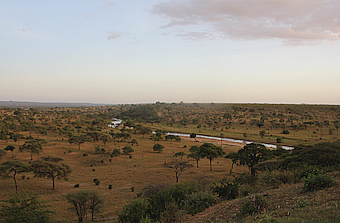 Tarangire NP Tarangire river
Tarangire NP Tarangire river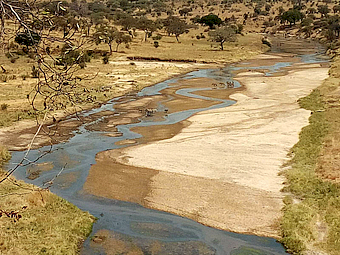 Tarangire NP River Tarangire
Tarangire NP River Tarangire
In the northeastern sector of the park, the dense Baobabs dominate the landscape. Tarangire has the largest elephant population in the north.
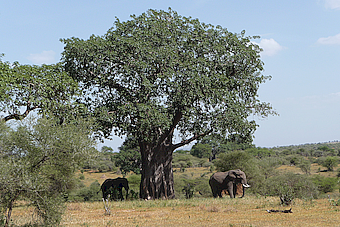 Tarangire NP Baobab
Tarangire NP Baobab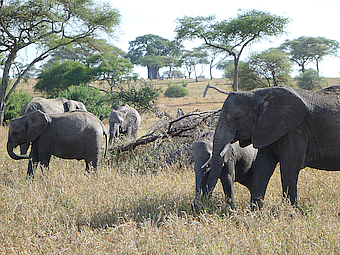 Tarangire NP Elephants
Tarangire NP Elephants
Due the Tarangire River flows throughout the year, the park is a wild animal collection area in the dry months. When the brooks and waterholes in the Maasai dry savannah are silted up, and the grass savannahs dry up in the Rift Valley in the area of the Manyara National Park, the Tarangire attracts the herds of animals. The Tarangire migration is an immigration and emigration movement in contrast to the Serengeti migration, which remains largely in its own ecosystem and more like a circular cycle.
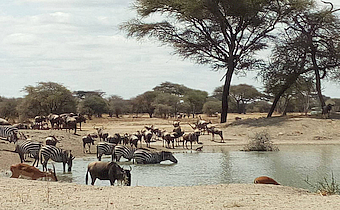 Tarangire NP Waterhole
Tarangire NP Waterhole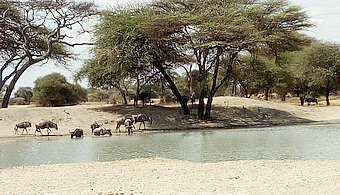 Tarangire NP Gnus
Tarangire NP Gnus
Some further impressions of the park.
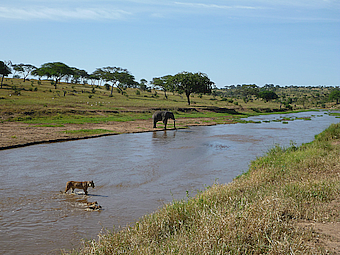 Tarangire NP Lions cub
Tarangire NP Lions cub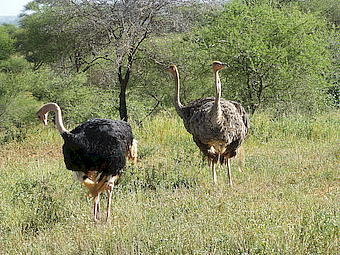 Tarangire NP Ostrichs
Tarangire NP Ostrichs
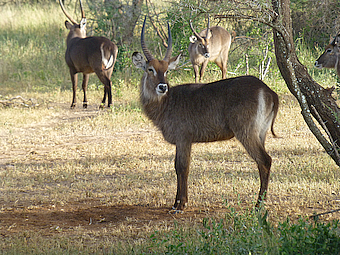 Tarangire NP Waterbuck
Tarangire NP Waterbuck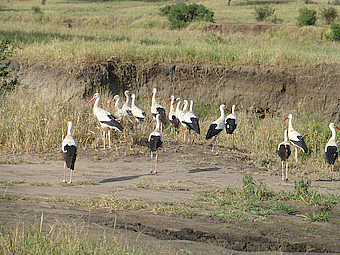 Tarangire NP Storks
Tarangire NP Storks



